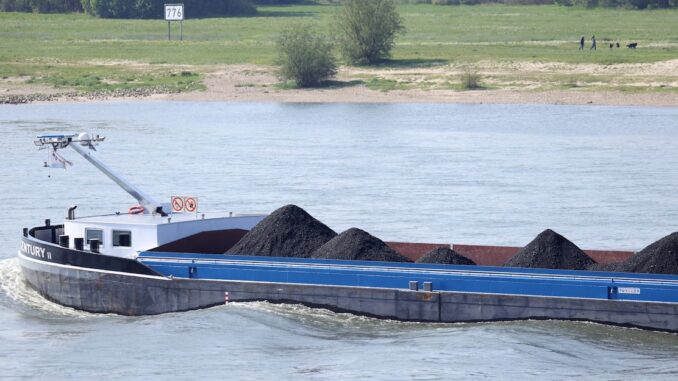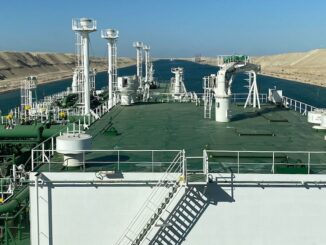
Disruptions to supplies of oil products and petrochemical feedstocks through the Rhine river are expected to worsen as water levels have fallen to extreme lows, traders told S&P Global Commodity Insights Aug. 15.
Water levels at Kaub, a key chokepoint located between the Lower and Upper Rhine, fell to 30 cm on Aug. 15, the lowest in years, according to data from Federal Waterways and Shipping Administration (WSV).
It is very difficult for oil barges to travel beyond Kaub when water levels are below 40 cm, according to trade sources.
“There’s barely anything going past Kaub now, and even [just going as far as Kaub] barges can only load 500-600 mt,” a distillates trader said.
With water levels expected to stay very low, trade is likely to continue being obstructed while freight rates will rise further, according to Platts Analytics.
“This situation has pushed freight rates higher, making it more expensive to deliver supplies, while adding pressure to crack spreads in ARA as supplies could build from slower outflows,” said Platts Analytics oil market analyst Rebeka Foley.

Supply headache
The Rhine is a key supply route for transporting refined products and other commodities from the coastal Amsterdam-Rotterdam-Antwerp hub to inland markets.
The low river levels are creating supply headaches for key consumers in Germany and Switzerland, which have had to increasingly turn to train deliveries for their oil products.
Switzerland has already started drawing from its strategic oil reserves due to the logistical bottlenecks caused by the low water levels.
“We are trying to survive here,” a diesel trader in Switzerland said, adding that the country is almost completely reliant on strategic stock releases and production from the sole Swiss refinery.
Record-high temperatures and a dearth of rain across Northwest Europe has seen the cost of transporting oil products through Europe’s key inland waterways soar, changing supply economics in the region’s inland markets.
Barge freight rates costs have risen in recent weeks as a result of the declining Rhine water levels, slowing barge traffic and leading to the region struggling to refill its inland tanks.
Rotterdam-Basel freight rates for 4,000 mt barges have risen dramatically over the past month, hitting a record high of CHF260/mt (Eur270/mt) in the week ended Aug. 12, according to data from Insights Global, up from just CHF86.50/mt on July 15.
“Low levels force barges to light-load, which pressures freight rates and allows stocks to build in ARA,” added Foley.
Petchems impact
The European petrochemical industry is also being affected adversely by the falling Rhine water levels, with many steam crackers located along the river.
In petrochemicals markets, olefins such as propylene and ethylene and feedstocks including naphtha have been the most heavily impacted by the low water levels, with access issues for industries built on or near the Rhine, including the production powerhouse of the Ruhr valley.
Production of MTBE, an octane booster for gasoline, in Germany is facing headwinds as a result of the low river, market sources said.
Downstream polymers have been less directly impacted but are themselves battling with weak consumer demand.
Source: Spglobal.com



